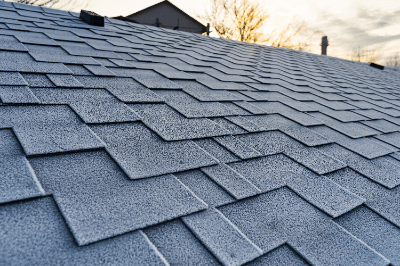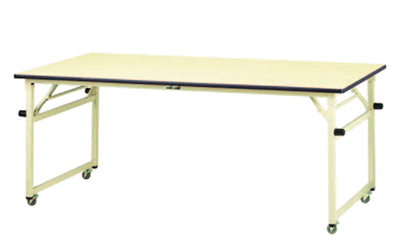¿Qué son los Techos de Asfalto?

El techo de asfalto es un tipo de lámina impermeabilizante hecha de papel impermeable u otro material que se ha infiltrado con betún.
Se utiliza en tejados y paredes de edificios y casas para evitar la entrada de agua de lluvia. Las goteras son una amenaza para los edificios. La madera empieza a corroerse a partir de ahí, mientras que el agua de lluvia que entra por las grietas del hormigón daña el acero de refuerzo.
Los techos de asfalto no son visibles desde el exterior, pero desempeñan un papel importante en los edificios.
Usos de los Techos de Asfalto
Los techos de asfalto se utilizan en edificios en general. Los techos de asfalto se utilizan, por ejemplo, en los siguientes lugares
- Materiales para cubiertas de edificios residenciales
- Materiales para cubiertas de edificios de gran altura
- Material para tejados de edificios de importancia pública
- Revestimientos de paredes de edificios residenciales
Principio de los Techos de Asfalto
Los techos de asfalto consisten en papel impermeable impregnado de betún. La función impermeable del propio asfalto y el rendimiento del papel impermeable impiden la penetración del agua de lluvia. Además del papel impermeable, también pueden utilizarse telas no tejidas y fieltros.
Otros productos similares a los techos de asfalto son las cubiertas de betún modificado y las cubiertas a base de polímeros. De ellos, los techos de asfalto se utilizan más a menudo debido a su menor coste.
Otros Datos sobre los Techos de Asfalto
1. Techos de Asfalto y sus Componentes
Techos de asfalto y componentes para tejados pueden impedir la entrada de agua de lluvia. En la construcción de viviendas, los techos de asfalto se colocan sin huecos en el revestimiento del tejado. La instalación se realiza con grapas grandes llamadas tackers.
Una vez colocados los techos de asfalto, se fijan los componentes del tejado. Si no hay ningún problema con los componentes de la cubierta, pero el tejado tiene goteras, es muy probable que los Techos de asfalto se hayan dañado debido al envejecimiento u otros factores.
2. Tipos de Cubiertas
La cubierta es una lona que se coloca bajo el tejado. Existen diferentes tipos de cubiertas y los siguientes son ejemplos de cubiertas
- Techos de Asfalto
Se trata de una impermeabilización de uso común, hecha de betún puro infiltrado en un sustrato como papel o tela no tejida.
La vida útil de los techos de asfalto suele ser de unos 10 años. techos de asfalto baratos tienen una vida útil de 10 años, lo que generalmente significa que el edificio no tendrá goteras durante 10 años después de su nueva construcción. - Cubiertas Asfálticas de Caucho Modificado
Los techos de asfalto se deterioran como consecuencia de las condiciones cambiantes. Esta cubierta mejora ese fenómeno de deterioro. A diferencia de los Techos de asfalto, el asfalto se mezcla con caucho o resinas sintéticas para aumentar su durabilidad. - Cubiertas con Capa Adhesiva
Las goteras suelen estar causadas por clavos y otros materiales que fijan la cubierta en su lugar. Los tejados de capa adhesiva pueden fijarse al tejado sin utilizar elementos de fijación. Por lo tanto, es un papel impermeabilizante adecuado para formas de tejado complejas. - Cubiertas a Base de Polímeros
Se trata de láminas para cubiertas a base de resinas sintéticas. Cuando se utilizan adecuadamente, cabe esperar un alto rendimiento. - Cubiertas de Papel Impermeable Transpirable
Este tipo de cubierta es impermeable a la humedad del exterior, al tiempo que permite que la humedad interna escape al exterior. Utilizado en edificios de madera propensos al moho, puede prolongar la vida del edificio.
3. Cómo elegir la Cubierta
La clave para seleccionar la cubierta es elegir un tejado que tenga una vida útil más larga que el material de cubierta. Si la cubierta tiene una vida útil más larga que el tejado, será necesario retirar la cubierta aunque el tejado pueda seguir utilizándose.
Los materiales de cubierta como las tejas pueden reutilizarse, pero si el material de cubierta no puede reutilizarse, el material de cubierta también deberá sustituirse por una cubierta nueva. Por lo tanto, es importante seleccionar el material de cubierta adecuado, teniendo en cuenta el material de cubierta y el tiempo de ocupación.
